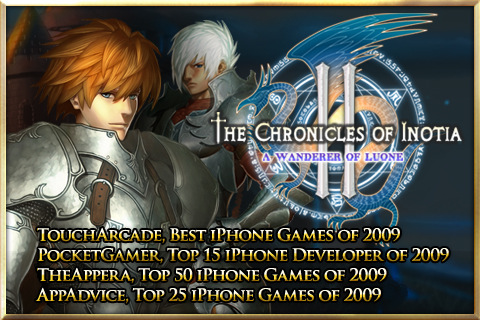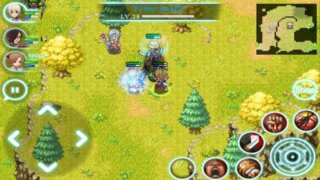

This sort of extension to a game requires very little actual content, in the way of storyline. All of the bosses in this questline can be farmed for rare drops, too. Completing this questline takes a lot longer than finishing the main story line. The last few bosses require you to be at the level cap and equipped with very good gear. The quest requires that you kill several high-level bosses which can be fought as you slowly level from around 50 (when the main story ends) to 100 (or 110 after the update). Inotia 2, for instance, has a "boss killer" questline that opens up after the main story ends. Content updates aren't necessarily the only way to implement this.


Also, there needs to be a reason for players to pick up this better gear - getting more and more powerful with the same old enemies will just end up trivializing all content, making the game boring. If it is too difficult or slow, people get frustrated and quit also, so there's a fine line to walk. If gear is too easy to acquire in comparison to the rate at which new content is added, you have a chance of players getting bored and quitting. It also demonstrates that you're in a guild that can beat certain encounters that perhaps others can't, so competition is definitely factors into the incentive to grind out such gear. In WoW, the better gear tends to be aesthetically more pleasing than the previous (as well as more powerful), and players tend to enjoy parading their "best of best" gear around the capital city in front of others. Gear upgrades need to feel worthwhile enough to encourage the grind to acquire them. For sure, one thing you need to balance, should you take this sort of route, is the rate and ease at which gear is acquired as well as the time investment needed to enchant and improve gear. This sort of game-play is considered by many as too grindy, and I'm sure there have been plenty of psyhological studies done to determine why some of us are addicted by these sorts of goals while others aren't. I strongly believe there is a market for single-player RPGs that receive continual content updates - it's just a case of changing customer awareness away from an old and outdated model.īack to the topic of gear-based progression, not all players find the gathering of new gear enough of a carrot to continue playing once they have reached the level cap. I have theories on why this model is only employed in MMOs currently, but it's something that I'd hope to see in the future. One thing that I've never really seen is a single-player game that employs a monthly subscription model for content updates. I blogged a while ago about the value I see in content updates, even in games where there is no continued subscription, and that post can be found from here: WoW's monthly subscription model funds the continual development of new content, but in a most games, all your money is made upfront and there's a business incentive to just use that money to create a new game or an expansion instead of on content updates.
#Inotia 2 guide software
Gear is then "reset" when a new expansion arrives and the level cap is once more increased.Ī game like WoW is based on the aforementioned model of continually adding content, which isn't something that all software houses are willing to do. This is implemented via content patches which tend to introduce higher-tier encounters as an expansion progresses. WoW is a prime example - once you hit the level cap, you do not acquire new abilities, talents, stat points and so on, so your sole character progression route is based on gathering better gear that then lets you tackle tougher content, that then gets you better gear, and so on. A lot of RPGs use item collection to create long-term player goals. In this article, I'm going to talk about how RPGs add lasting gameplay via item collection and enchanment mechanics.


 0 kommentar(er)
0 kommentar(er)
